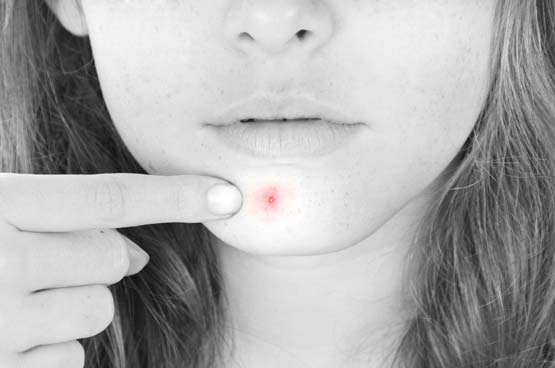
I've been seeing a lot of skin infections lately, and many of them are due to community acquired methicillin resistant staph areus (caMRSA). The typical patient may be a teen involved in sports, but I also see this infection in young children in day care or summer camp.
The typical history is, "I think I have a spider bite," a statement that makes my ears perk up because it's one of the most common complaints with a staph infection -- which is typically not due to a bite at all.
Frankly, how many spiders have you seen lurking around your house waiting to pounce? The caMRSA bacteria is ubiquitous and penetrates small micro-abrasions in the skin without any of us ever knowing it. The typical caMRSA infection presents with a boil or pustule that grows rapidly and is very tender, red and warm to the touch.
For most pediatricians, you can see a lesion and know that it is staph. It's most common to see such lesions in athletes on exposed skin surfaces such as arms and legs, but lesions are also common on the buttocks of children who are in diapers in day care. The affected area is angry-looking and tender. A teenage boy I saw the other day with caMRSA would not sit in the chair. He was so uncomfortable he preferred to lie on the examining table, on his side.
If the lesion is pustular, the doctor should obtain a culture to determine which bacteria is causing the infection, but in most cases in my office, culture comes back as caMRSA.
In most cases, these infections can be treated with an oral antibiotic, such as clindamycin or trimethoprim-sulfa. Many lesions improve dramatically once the site is drained and cultured. Let me reiterate that, if possible, you should have your doctor obtain a culture to pinpoint the exact bacteria causing the infection.
To prevent caMRSA, remind your student athlete not to share towels, clothing, or other items. Make sure common areas are disinfected and encourage good hand washing. The closing of schools or disinfecting an entire football field or area with turf is not recommended.
Lastly, only an antibiotic for a bacterial infection, as overuse of antibiotics leads to resistance.
Comment by clicking here.
Dr. Sue Hubbard is an award-winning pediatrician, medical editor and media host. "The Kid's Doctor" TV feature can be seen on more than 90 stations across the U.S.



 Contact The Editor
Contact The Editor
 Articles By This Author
Articles By This Author